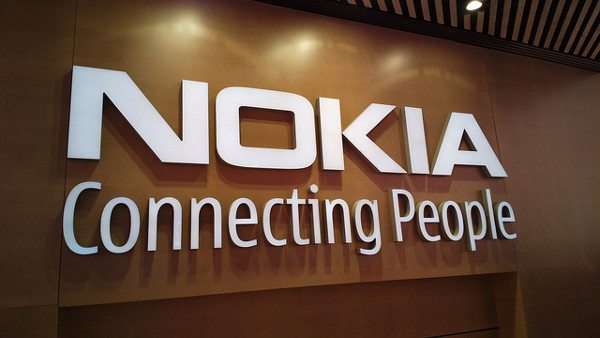ReefShark 5G chipsets focused on enabling massive MIMO and promise throughput of 84 Gbps per module
Ahead of Mobile World Congress 2018, Nokia today made major announcements to its 5G portfolio geared toward delivery of an end-to-end solution for next-generation networks as well as reducing total cost of ownership based on automated, reduced power consumption and significant improvements to antenna performance.
The ReefShark chipsets include variants for digital front end to support massive multiple-input, multiple-output (MIMO), a baseband processor and an RFIC front-end module and transceiver. In response to a question from RCR Wireless News, a Nokia spokesperson said ReefShark is based on “in-house developed silicon. We do have supporting partners but we’re not disclosing.”
Set for field deployments in Q3, Nokia is working with 30 operators, including BT, whose Chief Architect Neil McRae said ReefShark “will allow us to unleash the full potential of 5G.” Nokia says the new chipsets can cut the size of massive MIMO antennas in half, reduce power consumption at the baseband by 64% and support throughput up to 84 Gbps per module. Further, the network infrastructure giant said its AirScale platform supports “baseband module chaining” that can increase throughputs up to 6 Tbps.
The ReefShark announcement came in tandem with the release of what Nokia has dubbed its Future X portfolio, which address 5G NR compatibility at the air interface, the core network and a software-defined transport layer. Network automation capabilities, based on artificial intelligence and machine learning, can reduce total cost of ownership by 30%, Nokia says.
Marc Rouanne, president of Mobile Networks at Nokia, said the Future X portfolio combined with the ReefShark chipsets allows customers to “jointly program and tailor machine learning and automation…The Future X architecture invented by our Nokia Bell Labs research has made it possible to mix the knowledge across Nokia, between IP, optics, RF, software and innovative in-house silicon. We now expect to be able to deliver unprecedented capabilities and efficiencies that will allow our customers to transform their service offering for 5G.”

